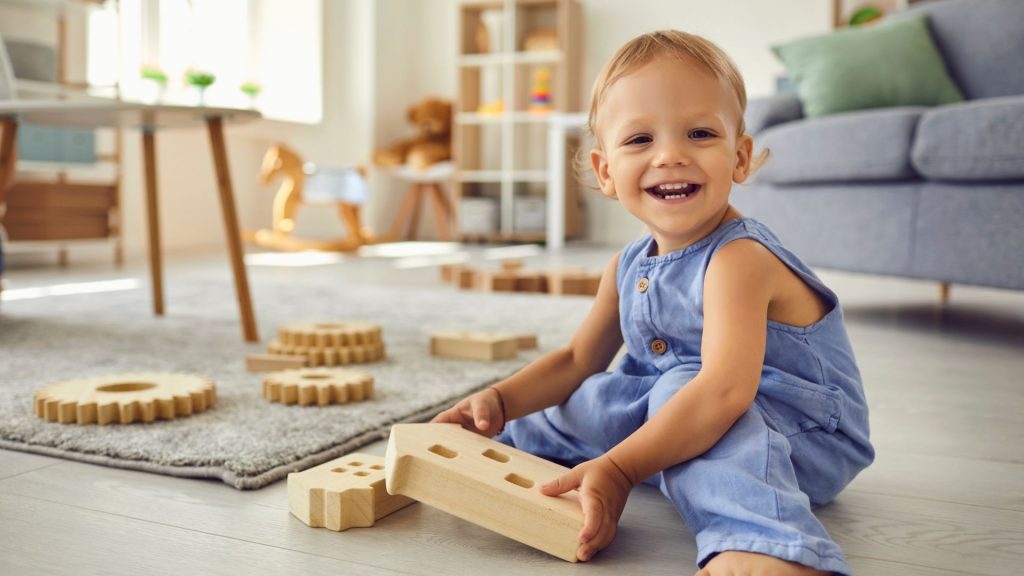The Important Meaning Behind Babies’ Cooing
Baby sounds of cooing and babbling have an important meaning, as scientists recently unravelled in a new study.

When babies babble they’re not just testing their vocal ability. A new study has revealed that they are aware that their cooing impacts others. Between two and five months old infants learn that their little baby sounds are a form of communication that can change how adults interact with them.
This is considered breakthrough information in the scientific community. While many mothers and fathers may have believed that baby sounds hold more meaning, there was little to no scientific research backing up these beliefs. Then, last month the Journal of Developmental Science published a study that worked to better test babies’ comprehension of their own cooing.
The study included 2-5-month-old infants and their caregivers, who were instructed to keep a straight face. It is well known that facial recognition and adult expressions highly impact early childhood development, but during the study, 5-month-old babies increased their vocalization to gain a reaction from the adults involved. Researchers concluded that infants learn that their baby sounds impact others between the second and fifth months of life.
The corresponding author, Michael Goldstein described how this is important information which helps humanity understand communication skills. While baby sounds may just seem like cute little noises, they begin a child’s journey through self-expression and exploration of the world around them. Goldstein noted that being able to predict outcomes is an important brain function that helps guide people through life.
Baby sounds are the first step to vocalizing thoughts, needs, and understanding as well as predicting outcomes. Parents and caretakers who are interested in this information can utilize it to encourage speaking, singing, and other verbal exchanges. Playing games like peek-a-boo, and singing songs with finger play shows babies how words connect to actions.
Infant brain development moves rapidly. Building a healthy environment that encourages babies to shriek, giggle, and test their vocal abilities leads them to explore learning techniques with more ease. Some parents read to their children at all ages and quickly learn just how fast baby sounds change to mimic the words they hear in stories at bedtime.

While some children develop verbal skills later than others, comprehension is often increasing. Boys are more likely to speak later than girls, but they still make baby sounds and test people’s reactions to their noises. The male brain is less focused on communication and more tasked with physical interactions so parents and caretakers can customize their verbal encouragement to this style.
Baby boys are more likely to enjoy clapping songs or verbal interactions that include movement. Baby girls may sing along sooner or even create their own words and songs. These differences do not mark one style better than the other. There are benefits to each, but both start with baby sounds that eventually develop into verbal communication skills which suit each child’s individual needs.
Baby sounds have a profound effect on adults. Many mothers and fathers will go to great lengths to hear those first expressions. Grandparents make silly faces, and even strangers at the store will smile and react to tiny coos and babbling. These interactions are more meaningful to child development than previously believed within the scientific community, and knowing that affords parents the backing they need to continue encouraging their babies to express themselves.







